Quilts of my Past: Textiles from Isfahan
These textiles are single layer, woven cotton cloth and dyed with amazing colors and patterns.
Thanks to my experience designing fabrics, I could sometimes tell where the design repeated, usually in darker bands where the design overlapped itself.
I honestly don’t know how these were dyed, but my best guess is a method similar to Indonesian batiks – a tjap is used to print the design on the fabric. Only in this case the tjap is dipped in dye or paint rather than wax because this cloth only contained color on the designs. That’s my best guess, but it’s certainly something I want to look into more. Just check out the intricacy of these designs:
Jack pulled out spread after spread of these textiles in all shapes and styles. They held this story:
It is my understanding that in the 1970’s we sold Iran weapons, including many F16 fighter jets. Josh’s grandfather, Dutch, was a former navy test pilot and sent over to Iran as a consultant to train the engineers and pilots to fly these planes. Dutch moved his family over for several years right before the Iranian Revolution, but left in late 1978 before the Shah left in exile in January 1979.
So Jack bought all these beautiful textiles while living in Iran. In many cases he didn’t know what they would have been used for, but had used them himself for table cloths, placemats, table runners, and hangings on the wall. Many were damaged with stains from use, but still holding up surprisingly well.
My personal feeling about things like this – quilts, textiles, handmade creations that are totally unique and irreplaceable – is that they are better off used and enjoyed, even if it risks damage.
The reason is simple – no one loves anything that’s stashed in the back of a dark closet.
I’m a quilter today is because I grew up with quilts, slept under them, played with them, marveled at their intricacy, and ultimately fell in love with everything about them. This definitely wouldn’t have happened if all the quilts in my house had stayed stashed in the back of the closet – safe, yet unloved.
So I encouraged Jack to pull out his textiles once again, get them washed to remove the musty smell from being stored in a cabinet for so long, and enjoy them on the tables and walls like he used to.
As for the quilts from Josh’s grandmother, Betty, unfortunately we weren’t able to find them, and Betty unable to remember them. I guess I waited a little too long for those memories and the quilts have either been misplaced or given away.
So if you happen to have a grandmother or if you’re lucky enough to still have great grandmothers, sit and ask and see what they remember. Take photos and notes, and record these memories in a journal or photo album.
Quilts are funny, precious objects that are easy to take for granted because they are so utilitarian – just a blanket on a bed. But as we all know, they are far, far more than that and worth knowing who made them to connect us with our past. Because you never know when a new child will come along, and while sleeping or playing also falls in love with this wonderful craft.
Let’s go quilt,
Leah Day

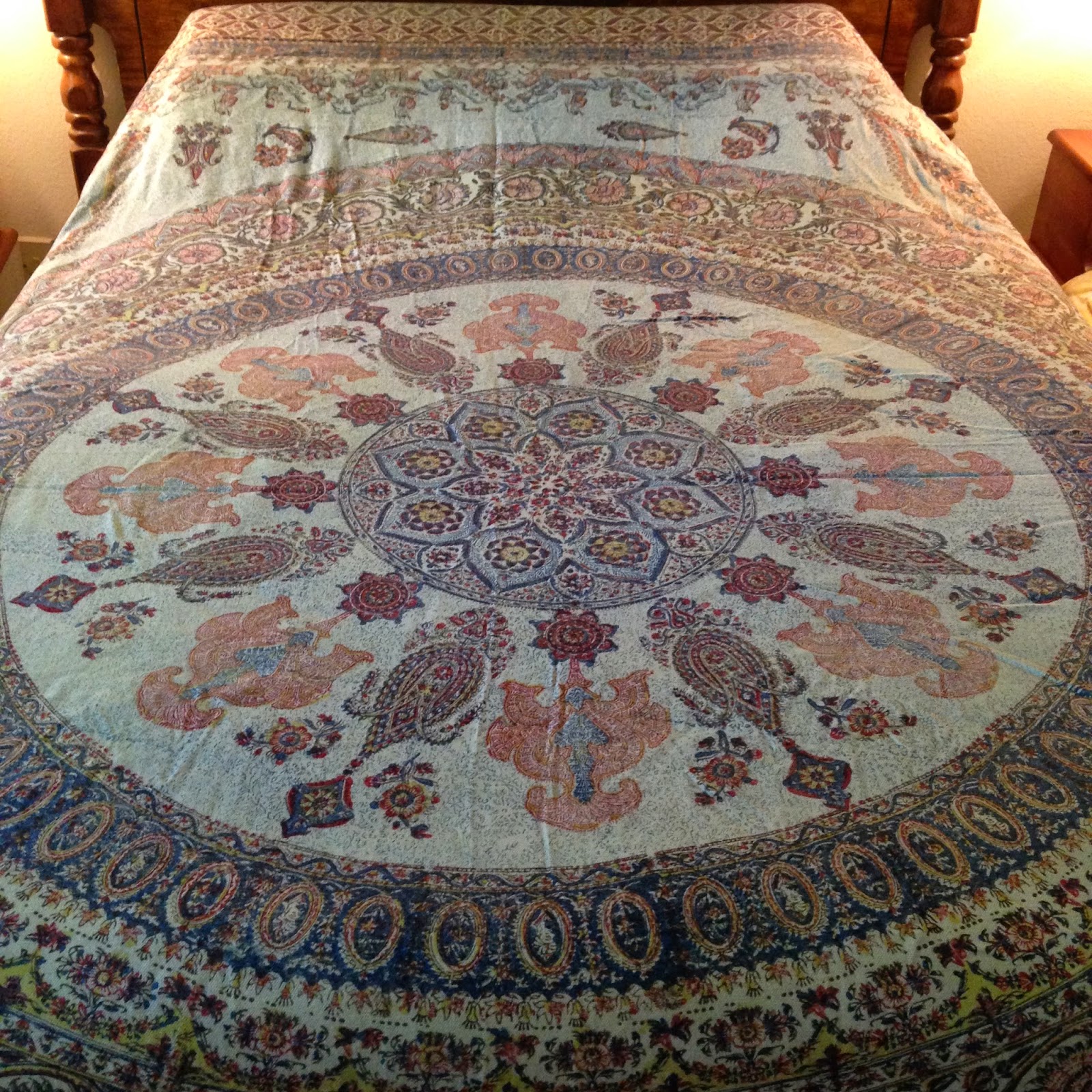
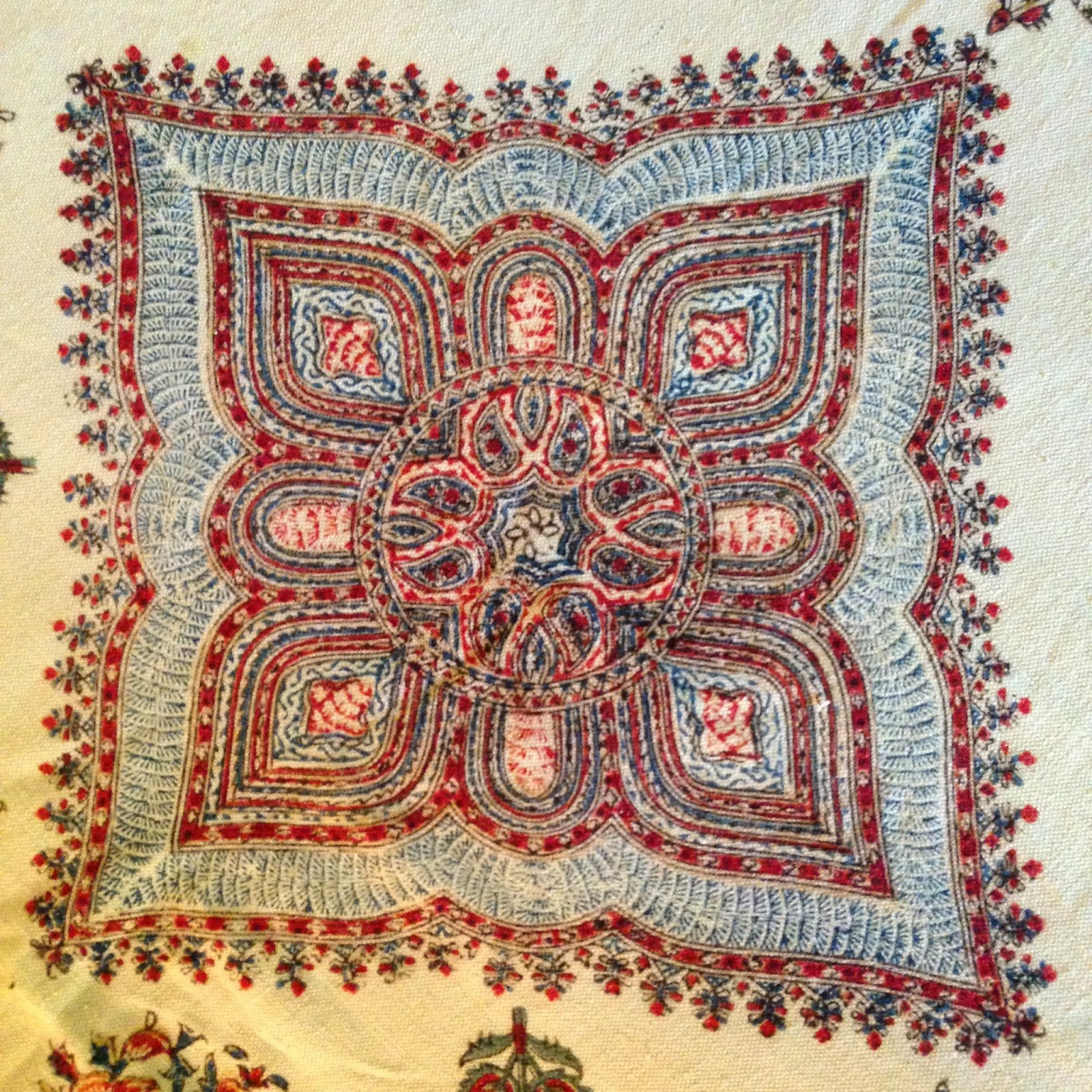
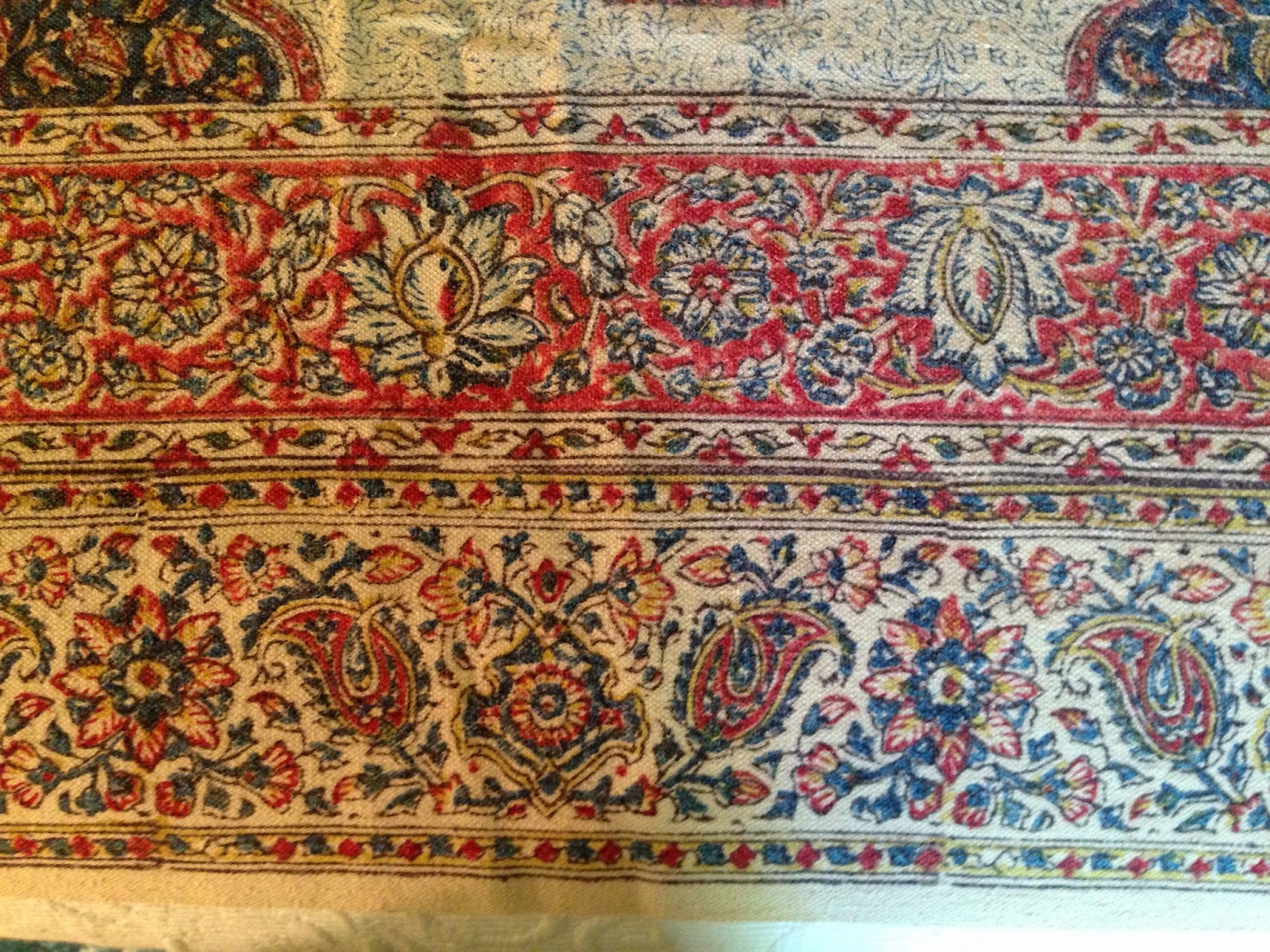
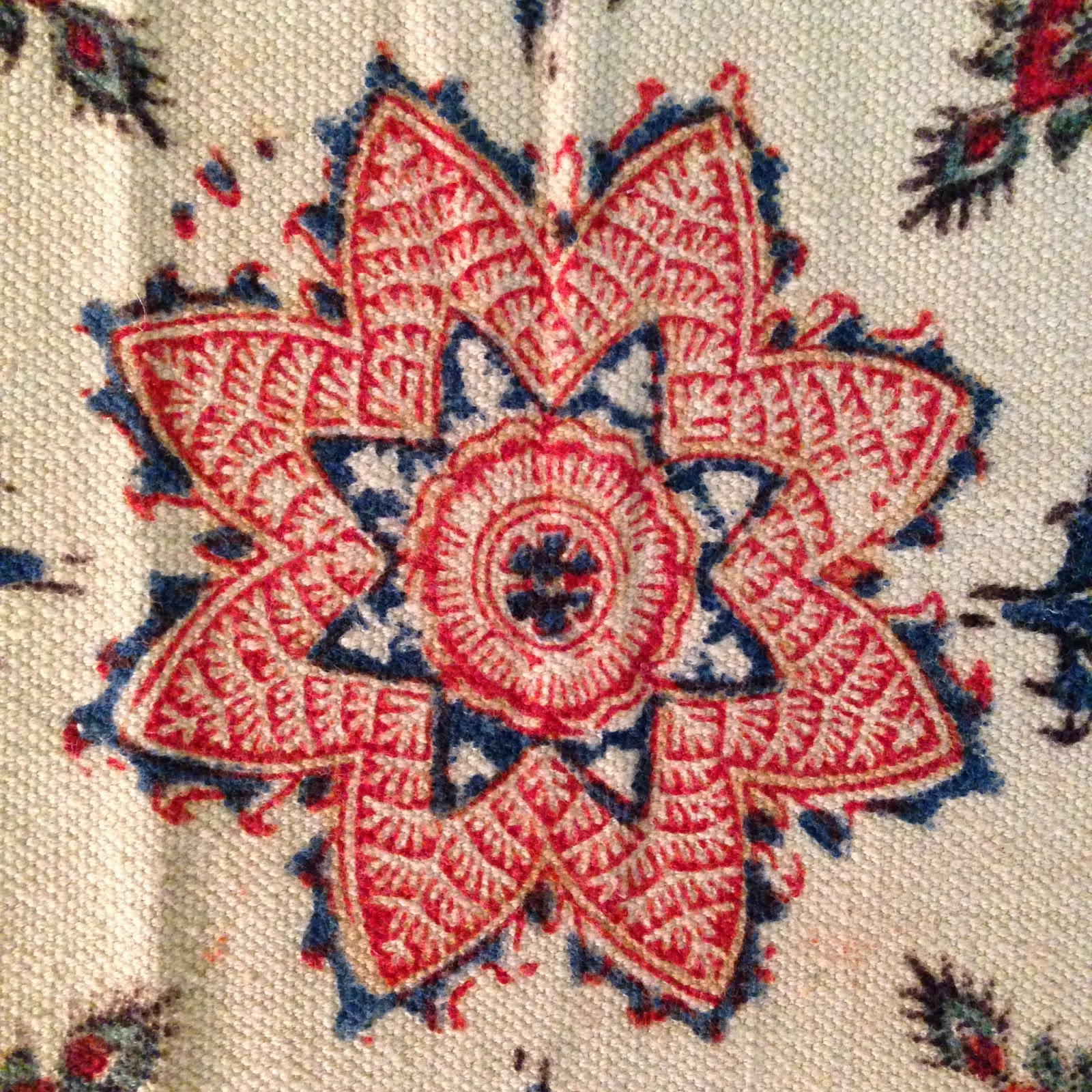
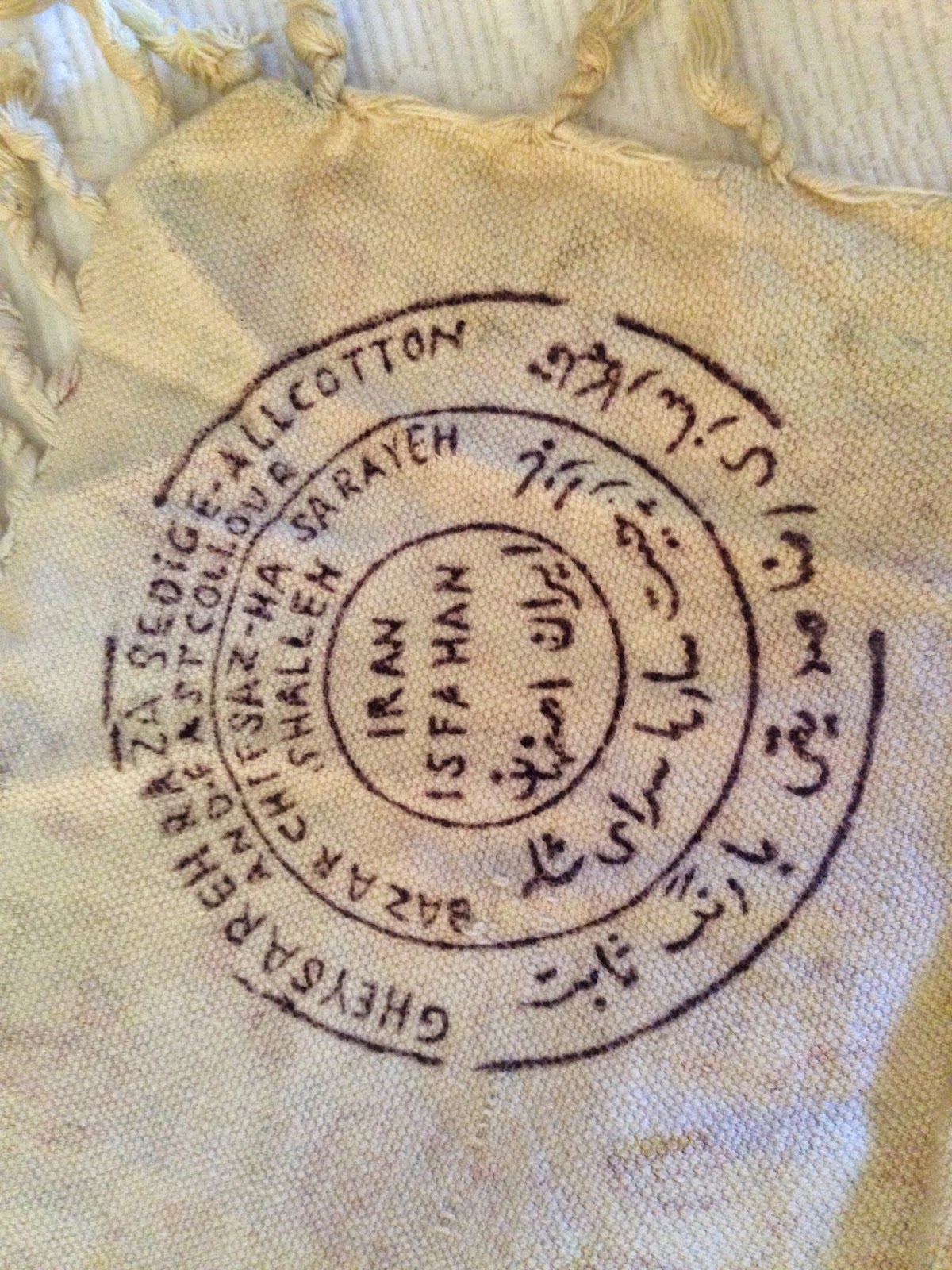
I have no grand nor great grand mother who had quilt or textiles as you find. I made my second quilt (topper) and once finished gave it to my mom for her 80 yrs old birthday gift. Well… i keep telling her to use it, but says "it's to nice to use it". In a way i understand that she want to protect it but at the same time i made it for her to her use. That said i can completely understand your feeling about your findings. use,enjoy and most of all appreciated them the workmanship or just the beauty of this precious items. You are blessed to own those with the stories behind it all.
Beautiful! I completely agree with you, we make these beautiful pieces of art to be put on display, not to hide in a closet!
Increible..gracias por enseñar
Those textiles are SO beautiful! Thanks for sharing them. And I'm definitely on the same page with using and loving quilts. Or other valued possessions.
Thanks so much for sharing!
How fortunate that Jack brought back those quilts. Who knows if they would have survived the civil turmoil there otherwise. Looks like you married into the right family. 🙂 I agree with your sentiments completely. I cherish my husband's mother's and grandmother's quilts.
One more thing. These textiles are called ShallEEN in Iran. Their translation into English on the stamp is pretty cute. Buyer beware – they are not color-fast. 🙂
I found this post most interesting especially after reading the previous comment to mine. I'm Spanish but have been living in Iran for the past 19 years. My daughter is a Textile and Fashion Designer. I've been to Isfahan a couple of times and also own a couple of these cloths. Their proper name is Ghalamkar cloth or also known as Qalamkar. The name Shalleh and not shalleen as in the last comment is part of the name of the bazaar. I got my husband who's Iranian to read the label for me to make sure. It also says on the fabric stamp that it is colour fast. Just in case you're interested these are handmade, handprinted using natural dyes typically but some are also made with a mixture of natural and chemical and some are just chemically dyed. Originally the fabric would have been printed using a pen but later on hand carved pads made from pear wood were made to speed up the process to be mass produced. Original colours used are black, red, blue and yellow. Thanks for showing these it was a most interesting post and hope that some of this information was useful to you.
I have a wood block that I bought in Isfahan in the mid-seventies. It is a rabbit. I must look it out.
I also have a pair of "toy" shoes. I guess they were made for the tourists.
Helen
Leah, I have several pieces I purchased in Iran in early '70's. They are printed with curved wooden blocks. They love to be used and you will be surprised how well the dyes hold up after washing, in cold water of course. Enjoy them.